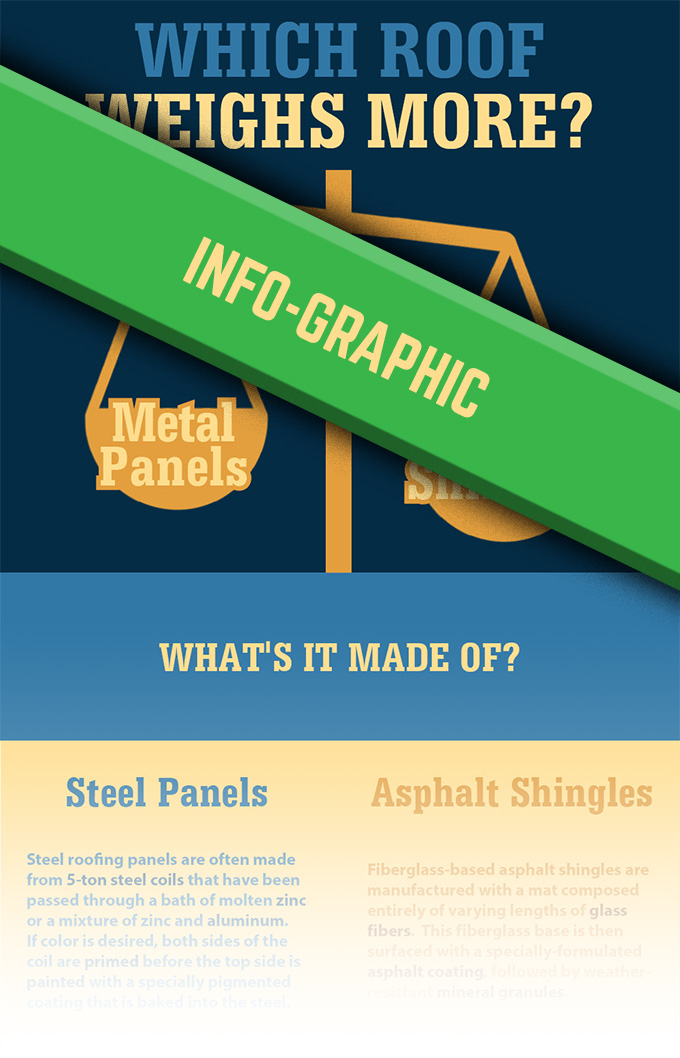Recognizing The Innovation And Performance Of Solar Panels: A Newbie'S Introduction
Recognizing The Innovation And Performance Of Solar Panels: A Newbie'S Introduction
Blog Article
Content By-Espensen Bach
So, you've read about photovoltaic panels and their prospective to generate power from sunshine, however exactly how precisely do they function? Understanding the elaborate innovation behind solar panels can be a fascinating trip into the globe of renewable energy. From the basic principles of solar batteries to the detailed elements that compose a photovoltaic panel system, there's a whole realm of understanding waiting to be explored. Allow's untangle the mysteries of photovoltaic panel technology with each other.
Solar Panel Innovation Principles
To truly understand the significance of solar panel modern technology, you should look into the fundamental principles that underpin its functionality. Solar panels include photovoltaic cells, normally made from silicon, which have the exceptional ability to convert sunlight into electricity through the photovoltaic impact. When sunshine hits the cells, the photons in the light interact with the silicon atoms, creating the electrons to break devoid of their atomic bonds. This produces an electrical current that can then be used for powering different tools.
The crucial component of photovoltaic panels is the semiconductors within the photovoltaic cells, which facilitate the conversion of sunlight into useful electrical energy. These semiconductors have both favorable and adverse layers, developing an electrical field that allows for the circulation of electrons.
This circulation of electrons, when connected in a circuit, produces straight present (DC) electrical power. Understanding these basic concepts is essential for valuing exactly how solar panels can harness the sun's power to power homes, services, and even satellites precede.
Just How Solar Panels Generate Power
Solar panels harness the sunlight's power by converting sunlight right into electrical power with a procedure referred to as the photovoltaic result. When sunshine strikes the solar panels, the photons (light bits) are absorbed by the semiconducting products within the panels, typically constructed from silicon. This absorption generates an electrical current as the photons knock electrons loosened from the atoms within the product.
The electric fields within the solar cells then force these electrons to stream in a particular direction, creating a straight present (DC) of power. This direct current is then travelled through an inverter, which converts it into rotating present (AIR CONDITIONER) electrical power that can be utilized to power your home or business.
Excess electricity produced by the photovoltaic panels can be stored in batteries for later use or fed back right into the grid for credit score through a procedure called web metering. Understanding exactly how https://electrek.co/2022/05/13/americans-will-soon-be-able-to-buy-home-solar-panels-from-ikea/ generate electrical energy is essential to valuing the ecological and cost-saving advantages of solar power systems.
Recognizing Photovoltaic Panel Components
One essential facet of solar panel modern technology is recognizing the different parts that compose a solar panel system.
The crucial parts of a photovoltaic panel system consist of the photovoltaic panels themselves, which are made up of photovoltaic cells that convert sunlight into electrical energy. These panels are installed on a framework, often a roofing system, to catch sunlight.
Along with the panels, there are inverters that transform the direct existing (DC) electrical energy produced by the panels into rotating present (AIR CONDITIONER) electricity that can be used in homes or services.
The system likewise includes racking to sustain and place the solar panels for ideal sunshine direct exposure. Additionally, cords and connectors are important for carrying the electricity created by the panels to the electric system of a building.
Lastly, a tracking system may be included to track the efficiency of the solar panel system and guarantee it's operating successfully. Understanding installing residential solar panels is important for anyone looking to mount or utilize solar panel technology properly.
Final thought
Now that you comprehend the basics of solar panel technology and how it functions, you can appreciate the power of taking advantage of sunlight to create clean and renewable resource for your building. By using the solar impact and elements like inverters and keeping track of systems, you can contribute to a more sustainable future while also potentially saving money on power costs. Keep understanding and exploring the opportunities of solar power for a greener tomorrow.
